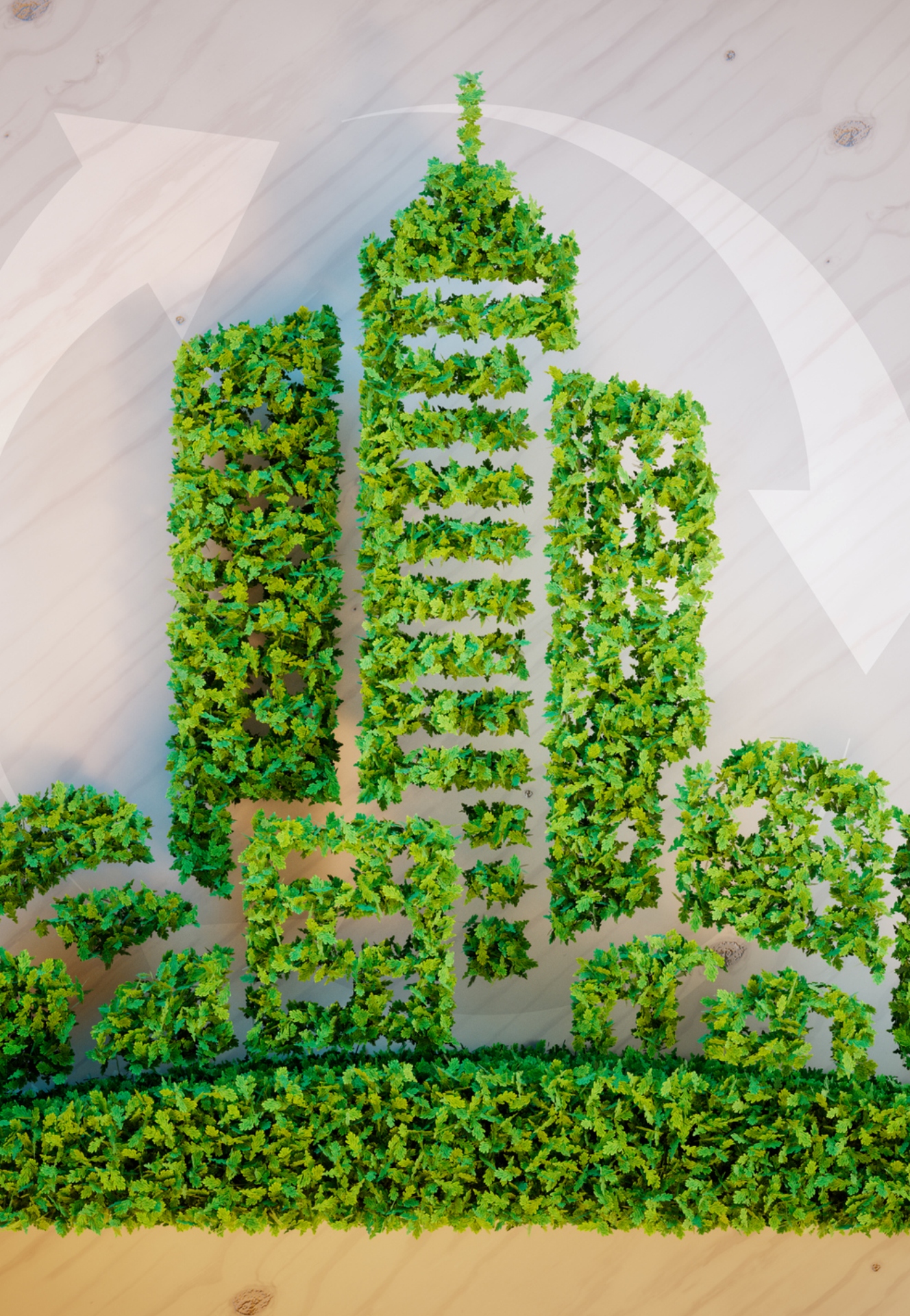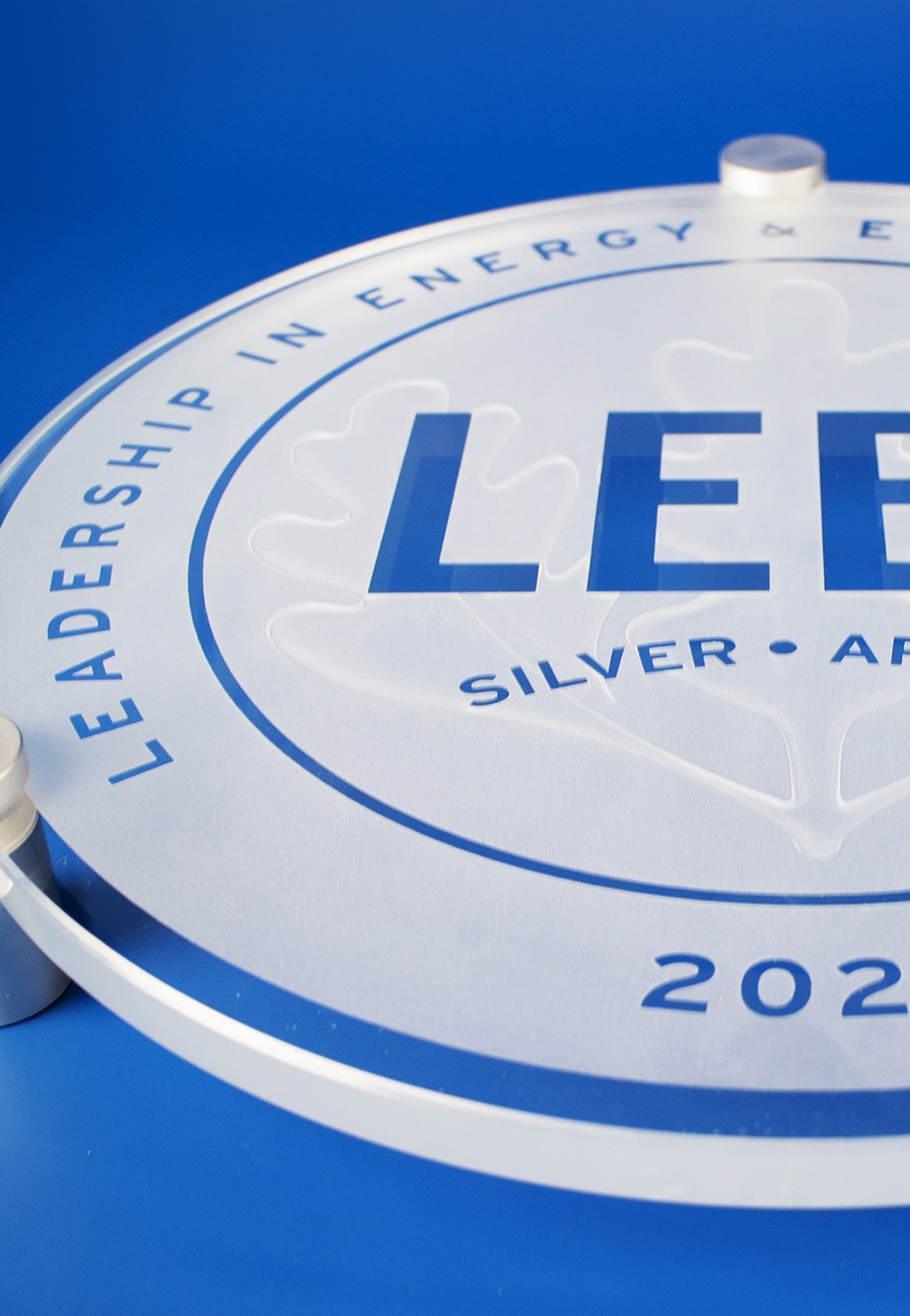A Real Asset for a Building
They provide an additional guarantee in terms of quality, efficiency, safety in use or energy performance. Thus, the building is guaranteed in terms of insulation and energy saving.

LEED Certification
- Ecological development of sites
- Effective water management
- Energy and atmosphere
- Materials and Resources
- Quality of indoor environments
- Innovation and design process
- LEED certification addresses these basic needs while providing recognition for efforts to achieve them. It reduces the impact of the building on the environment while minimizing the costs associated with its life cycle. LEED certification is awarded to buildings that have demonstrated a commitment to sustainability by meeting higher standards of environmental responsibility and energy efficiency.

Credits for LEED Certification
A number of prerequisites must be met prior to the LEED green building rating and certification:
- Prevention of pollution from construction activities (erosion and sediment control)
- Commissioning of the building’s basic energy systems
- Minimum energy performance
- Reduction of CFCs (ChloroFluoroCarbons) in HVAC (Heating, Ventilation and Air Conditioning) equipment and fundamental management of refrigerants and halon removal (brominated halogenated chemical compound)
- Collection and storage of recyclable materials
- Minimum Indoor Air Quality performance
- ETS (Environmental Tobacco Smoke)
The aim of this precondition is, among other things, to control and reduce surface erosion and reduce the negative impact on surrounding water and air quality. Mitigation measures preserve the surface layer of the soil during construction from stormwater runoff and the movement of sand by high winds. It also imposes measures to prevent the deposit of sand and other materials in storm sewers. To meet these requirements, some design measures include erosion fencing, temporary or permanent burial, and basins that can trap the various materials.

BREEAM Certification
The BREEAM (Building Research Establishment Environmental Assessment) certification evaluates the performance of buildings on the management system, energy, health, well being, pollution, transport, land use, biodiversity, materials and water.
Points are awarded on each of these aspects based on the performance achieved. A weighting system makes it possible to aggregate these scores and obtain an overall score at the end. It is granted in the form of a certificate and can then be used for promotional purposes.
Developed in the United Kingdom, the method helps construction professionals understand and reduce the environmental impact of buildings at every stage of their construction process. Using this method, the Building Research Establishment (BRE) is able to measure the impact of specific building materials in order to produce environmental profiles reflecting their performance in this area. It makes it possible to create environmental profiles for each material in the composition of a construction, on the basis of a life cycle analysis assessment.
LEED and BREEAM certifications have in common to propose a rating system. This feature, which is lacking the Haute Qualité Environnementale certification, has the advantage of allowing comparisons between buildings in terms of sustainable development (green building) and taking into account the performance obtained in the asset valuation of the property in question.
 NIGERIA
NIGERIA
 SOUTH AFRICA
SOUTH AFRICA
 TUNISIA
TUNISIA
 ALGERIA
ALGERIA
 CENTRAL AFRICAN REPUBLIC
CENTRAL AFRICAN REPUBLIC
 EGYPT
EGYPT
 KENYA
KENYA
 MOROCCO
MOROCCO
 USA
USA
 ARGENTINA
ARGENTINA
 BRAZIL
BRAZIL
 CHILE
CHILE
 COLOMBIA
COLOMBIA
 PERU
PERU
 CANADA
CANADA
 SAUDI ARABIA
SAUDI ARABIA
 UNITED ARAB EMIRATES
UNITED ARAB EMIRATES
 BAHRAIN
BAHRAIN
 IRAQ
IRAQ
 JORDAN
JORDAN
 KUWAIT
KUWAIT
 LEBANON
LEBANON
 OMAN
OMAN
 PAKISTAN
PAKISTAN
 QATAR
QATAR
 RUSSIA
RUSSIA
 BELGIUM
BELGIUM
 CYPRUS
CYPRUS
 DENMARK
DENMARK
 FRANCE
FRANCE
 ITALY
ITALY
 NETHERLAND
NETHERLAND
 TURKEY
TURKEY
 UK
UK
 AUSTRALIA
AUSTRALIA
 NEW ZEALAND
NEW ZEALAND
 PAPUA NEW GUINEA
PAPUA NEW GUINEA
 TONGA
TONGA